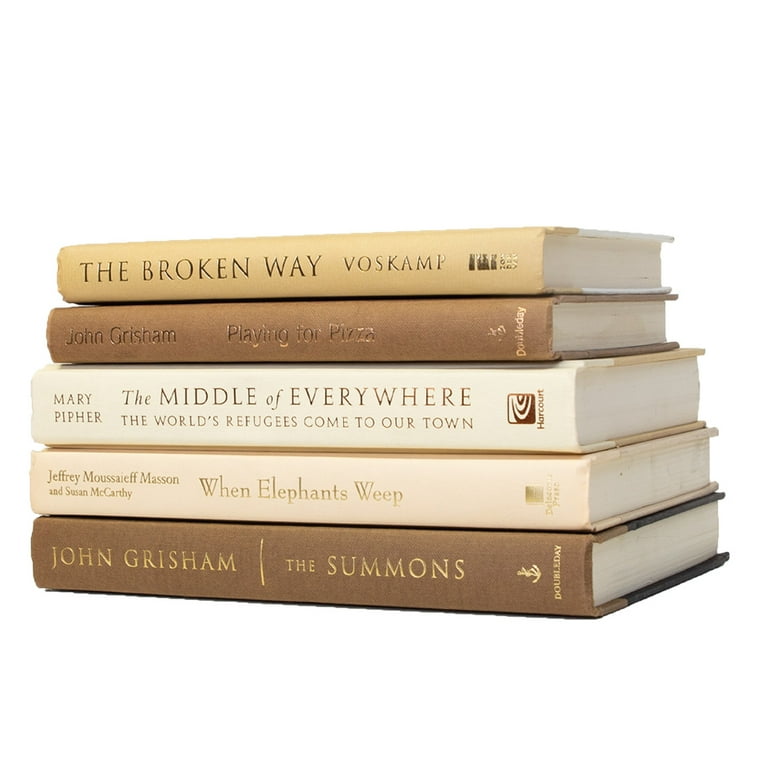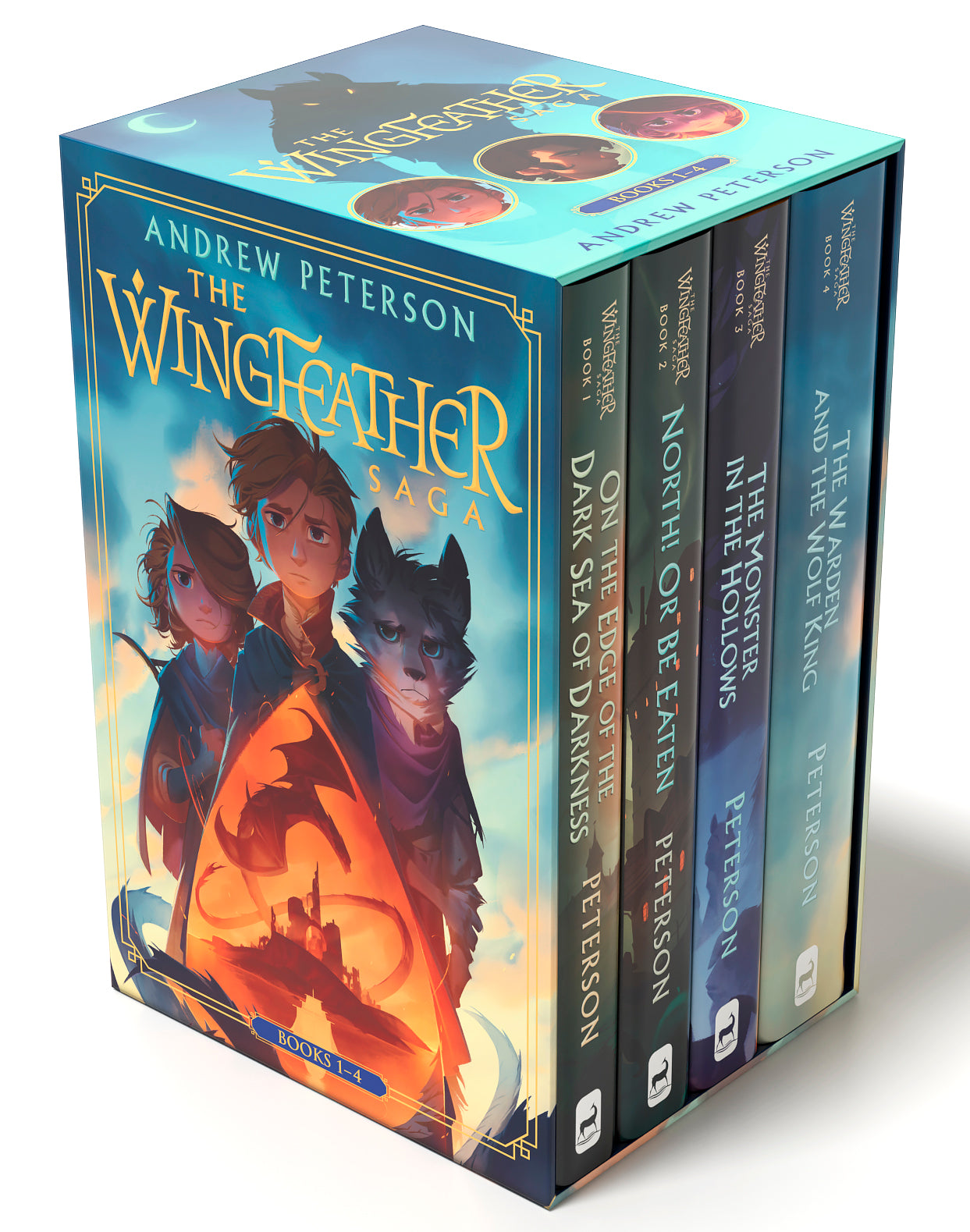New Releases in Hardcover Books You’ll Love
New Releases in Hardcover Books You’ll Love
Blog Article
A Comprehensive Overview to the Refine of Hardbound Books Printing
When you begin the journey of hardbound book printing, comprehending the whole procedure is vital. As you navigate via binding and high quality control, you'll find that every choice affects the book's total charm.
Understanding the Hardbound Book Structure
When you discover the globe of hardcover publications, you'll rapidly see that their framework is unique and deliberate. The outer covering, usually made of strong cardboard, offers toughness and defense. You'll find a textile or leather treatment, which not only improves looks but likewise includes in guide's durability. Inside, the endpapers link the cover to the text block, ensuring a smooth interchange.
The text block itself contains numerous signatures, or folded sheets, sewn together for stamina. You'll see that the spinal column is enhanced, enabling for a smooth lay-flat reading experience - hardcover books. In addition, guide's weight usually conveys a sense of quality and permanence
Hardbound publications generally feature a dust jacket, which serves as a marketing tool while safeguarding the cover. Comprehending these components aids you value the craftsmanship behind hardbound publications and their special allure in the literary globe.
Manuscript Prep Work and Editing And Enhancing
Obtaining your manuscript ready for printing is necessary, and it begins with correct format standards. You'll require to comprehend the editing and enhancing process to refine your work and assure it reverberates with viewers. And also, grasping checking methods can help you catch those pesky mistakes prior to your book goes to print.

Manuscript Format Standards
Correct manuscript formatting is crucial for producing a professional-looking hardbound publication. Start by selecting a standard font style like Times New Roman or Arial in 12-point dimension. Use double-spacing throughout the paper to boost readability. Set your margins to 1 inch on all sides, giving your message area to take a breath. Number your pages in the top right edge, and include your phase titles at the start of each new area. Use clear headings to suggest sections, and prevent excessive formatting like vibrant or italics unless required. Ensure to check your manuscript for uniformity in vogue, making sure that every little thing from spelling to spacing sticks to your chosen guidelines. Adhering to these actions will certainly set a solid structure for your publication.
Editing Refine Essentials
Modifying your manuscript is an important step that can transform it from a harsh draft right into a polished end product. Begin by checking out your work critically, focusing on structure, flow, and quality. Search for variances in your narrative, character growth, or argumentation. It's practical to take breaks in between rounds of editing to gain fresh viewpoints. Do not be reluctant to cut unneeded material or rephrase unpleasant sentences; this will enhance readability. Consider looking for comments from trusted peers or professional editors that can supply important insights. Bear in mind, modifying isn't nearly taking care of errors; it's concerning improving your voice and guaranteeing your message resonates with readers. Embrace the procedure, and you'll see your manuscript sparkle.
Checking Methods Summary
When you have actually polished your manuscript through modifying, the next step is to ensure it's complimentary of mistakes that could distract readers. Read your manuscript aloud-- this helps you hear awkward phrasing and spot typos. Take into consideration publishing your manuscript; analysis on paper can disclose mistakes that displays miss out on.
Creating guide Cover and Interior
When you're creating your publication cover and interior, you'll want to focus on necessary design components that capture your audience's attention. Selecting the ideal typography styles and very carefully choosing shades and imagery can make all the difference in conveying your book's style. Let's explore how these choices can boost your job and draw in readers.
Vital Design Elements
Creating an attractive book cover and a well-designed inside is vital for attracting viewers and enhancing their experience. Pick colors and photos that mirror your book's theme and state of mind.
For the interior, emphasis on layout and white area. A clean, organized layout aids viewers navigate easily. Think about using chapter headings and subheadings to direct them with the material. Visual components, like illustrations or graphics, can additionally improve involvement however should match the message, not bewilder it. Keep in mind, a natural layout throughout your publication fosters a specialist look that can substantially impact a visitor's choice to select it up.
Selecting Typography Designs
Typography plays a vital duty in both the publication cover site and interior style, shaping just how visitors view your material. When choosing typography designs, consider your publication's genre and target audience. Assume regarding pecking order-- use various styles for headings and body text to lead visitors effortlessly via your work.
Color and Images Selection
Choosing the appropriate colors and images is essential for recording visitors' focus and sharing your publication's themes. Beginning by considering your genre; vibrant colors might function for a children's publication, while soft tones match a secret novel. hardcover books. Usage imagery that reverberates with your content-- photos, images, or abstract styles can improve your message
Assume regarding the feelings you want to stimulate. Warm shades can create exhilaration, while great colors usually convey peace. When designing the cover, ensure the imagery does not overwhelm the title and writer's name; clarity is crucial. Inside, make use of consistent color pattern that enhance your typography. This cohesive technique not just elevates your publication's aesthetic however additionally enriches the visitor's experience, making it extra memorable.
Choosing the Right Paper and Materials
When choosing paper and products for your hardbound book, it's important to contemplate just how they'll influence the overall feel and look of your task. Begin by choosing the appropriate paper weight; much heavier supply typically conveys high quality and longevity, while lighter paper can create a more delicate touch. Consider the finish as well; glossy paper boosts shades and photos, while matte can give an innovative, underrated appearance.
Do not forget the cover materials. Cloth, leather, or published paper can establish the tone for your publication. If your task consists of pictures, go with acid-free paper to stop yellowing gradually. In addition, consider the binding materials; using high-quality glue warranties your book lasts.
Ultimately, the selections you make right here reflect your vision, so take the time to example different products (hardcover books). Your options will certainly help develop a book that's not only aesthetically appealing yet likewise durable and functional
The Printing Refine: Techniques and Technologies
A range of printing strategies and modern technologies can bring your hardcover book to life, each offering one-of-a-kind benefits. Digital printing is a popular option for brief runs, permitting for fast turn-around and cost-efficient options.
For unique effects, you could think about strategies like foil marking or embossing, which can include a glamorous touch to your cover. In addition, you can select numerous inks, including environmentally friendly choices that accommodate environmentally mindful visitors. Comprehending these methods assists you make additional hints notified choices, guaranteeing your hardbound publication not just looks great but also meets your production needs effectively. Choose the right method to elevate your book's appeal and impact.
Binding Techniques for Hardcover Books
A number of binding methods can transform your hardbound book right into a resilient and eye-catching item. Another approach is the excellent binding, which uses adhesive to hold the pages with each other, allowing for a smooth spinal advice column however less toughness compared to case binding.
You could also take into consideration spiral binding, which allows your publication to lay level, making it optimal for workbooks or manuals. However, it does not supply the same protective cover as situation binding. Ultimately, there's the saddle stitch method, appropriate for smaller sized publications, where sheets are folded and stapled together. Each binding technique has its benefits and fits various needs, so consider your publication's objective and target market when picking the best option for your project.
Top Quality Control and Last Touches
After picking the right binding approach for your hardbound book, high quality control comes to be vital to confirm your end product satisfies your assumptions. Begin by examining the printed pages for any errors or inconsistencies in color and layout. You do not desire to miss any type of typos or misprints that could affect your readers' experience.
Following, examine the binding stability. Verify the pages are firmly affixed and that the spine is durable. A well-bound book not just looks expert however also really feels durable in your hands.
In addition, take note of the cover. Search for any kind of scuff marks or misalignments in the artwork. Make certain they're used regularly throughout all copies. if you've decided for special finishes like embossing or aluminum foil stamping.
Ultimately, carry out a complete assessment of the entire set prior to moving to circulation. This way, you can validate that every book mirrors your high standards.
Regularly Asked Inquiries
For how long Does the Hardcover Publication Printing Process Commonly Take?

What Is the Minimum Order Amount for Hardbound Books?
The minimum order quantity for hardcover books generally begin around 100 duplicates, however it can vary based on the printer. You need to check with your picked printing solution for their particular requirements and rates.

Can I Print Hardcover Books in Custom-made Sizes?
Yes, you can publish hardbound publications in personalized sizes. Many printing services use flexibility with measurements, enabling you to select a style that suits your job. Just confirm the requirements prior to placing your order.
Are There Eco-Friendly Options for Hardbound Book Printing?
Yes, you can find environmentally friendly alternatives for hardbound publication printing. Several firms make use of recycled products and lasting inks. Just ask your printer about their eco-friendly practices to ensure your project aligns with your ecological worths.
What Are the Expenses Connected With Hardcover Book Printing?
When considering hardbound publication printing expenses, you'll need to element in materials, design, and printing approaches. Added costs like shipping and binding can also influence your general budget plan, so plan accordingly for your task.
When you begin the journey of hardbound publication printing, comprehending the entire procedure is essential.A selection of printing methods and technologies can bring your hardbound publication to life, each offering distinct benefits. Exactly how Long Does the Hardbound Book Printing Refine Commonly Take?
The hardcover book printing procedure typically takes around 2 to 6 weeks.Yes, you can discover environmentally friendly options for hardbound publication printing.
Report this page